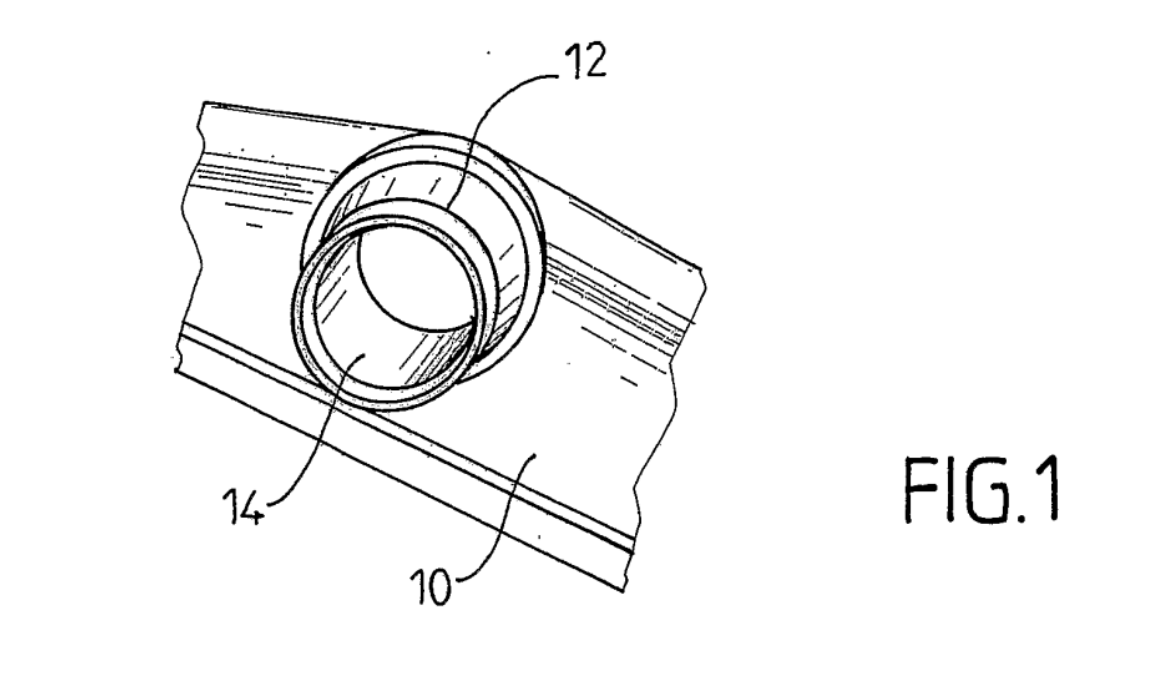“Vidal agreed that the Board failed to consider Mahle Behr’s arguments that the prior art was ‘clear on its face’ as to the precise proportions.”

Figure 1, Source: USPTO Director Review Decision
U.S. Patent and Trademark Office (USPTO) Director Kathi Vidal vacated and remanded a decision of the Patent Trial and Appeal Board (PTAB) on Friday that had denied institution of an inter partes review (IPR) requested by auto parts manufacturer, Mahle Behr Charleston, Inc.
U.S. Patent No. RE47,494 E is owned by inventor Frank Amidio Catalano and covers “a device to prevent corrosion [in motor vehicle radiators] caused by electrolysis.” Mahle Behr requested IPR of the patent, arguing that a prior art reference called Godefroy anticipates and renders obvious certain claims, while the patent owner countered that the prior art specifically fails “to teach ‘a sacrificial anode [that] is installed within ten inches of a hot liquid inlet of the radiator as recited in claims 12, 25, or 37…” and thus “It would not have been obvious to modify the prior art radiators, devices and methods to arrive at the combinations embodied by [those] claims.”
The Board ultimately agreed with Catalano that there was not a reasonable likelihood that the petitioner would prevail with respect to at least one of the challenged claims. In its decision, the Board relied on Hockerson-Halberstadt, Inc. v. Avia Group International, Inc., 222 F.3d 951 (Fed. Cir. 2000), which said in part that “[p]atent drawings do not define the precise proportions of the elements and may not be relied on to show particular sizes if the specification is completely silent on the issue.” Mahle Behr’s expert admitted that the prior art did not provide exact dimensions with Figure 1, so the Board concluded that it could not be relied on “to teach or suggest the 10-inch limitation of the challenged claims”. But Mahle Behr argued that the PTAB misapplied Hockerson and “disregarded the prior art’s facial teaching of the dimensional range.” Mahle Behr petitioned for Director Review in November 2023.
In her decision granting Director Review, Vidal agreed that the Board failed to consider Mahle Behr’s arguments that the prior art was “clear on its face” as to the precise proportions and noted that, according to Cummins-Allison Corp. v. SBM Co., 484 F. App’x 499, 507 (Fed. Cir. 2012), where “a person of skill in the art could derive the claimed dimensions from the patent’s disclosure, there is no additional requirement that the specification must explicitly disclose the precise proportions or particular sizes.”
On remand, Vidal ordered the Board to determine “whether Petitioner has demonstrated that Figure 1 of Godefroy ‘is clear on its face’ or would have reasonably suggested the placement of Godefroy’s sacrificial anode ‘within 10 inches’ of the hot liquid inlet.” Specifically, Vidal said the Board should consider whether the expert testimony provides sufficient “technical detail, explanation, or statements supporting why the expert determines that the feature in question was required or would have been obvious based on the prior art disclosure.”

![[IPWatchdog Logo]](https://ipwatchdog.com/wp-content/themes/IPWatchdog%20-%202023/assets/images/temp/logo-small@2x.png)

![[Advertisement]](https://ipwatchdog.com/wp-content/uploads/2024/04/UnitedLex-May-2-2024-sidebar-700x500-1.jpg)
![[Advertisement]](https://ipwatchdog.com/wp-content/uploads/2024/04/Patent-Litigation-Masters-2024-sidebar-700x500-1.jpg)

![[Advertisement]](https://ipwatchdog.com/wp-content/uploads/2021/12/WEBINAR-336-x-280-px.png)
![[Advertisement]](https://ipwatchdog.com/wp-content/uploads/2021/12/2021-Patent-Practice-on-Demand-recorded-Feb-2021-336-x-280.jpg)
![[Advertisement]](https://ipwatchdog.com/wp-content/uploads/2021/12/Ad-4-The-Invent-Patent-System™.png)






Join the Discussion
One comment so far. Add my comment.
Anon
April 8, 2024 04:15 pmShould be simple enough – given that “facial teachings” is invoked.
Is the item explicitly in the asserted reference? There is no need for, and in fact, any expert testimony would be improper, to reach a “facial teachings.”
Add Comment